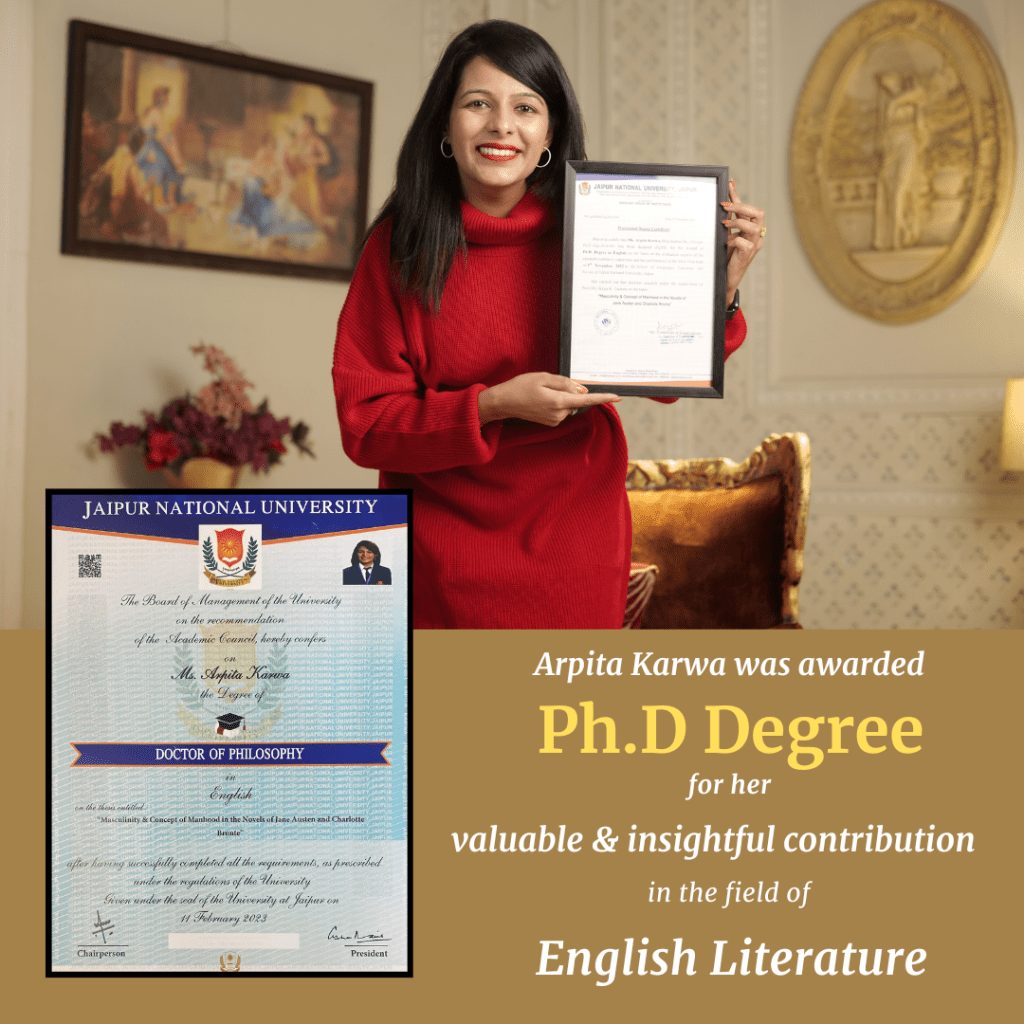UPSC English Paper 1 2020
June 19, 2023 2023-12-05 19:47UPSC English Paper 1 2020
2020 UPSC English Paper-1
ENGLISH
Paper – II
(LITERATURE)
Questions Paper Specific Instructions
Please read each of the following instructions carefully before attempting questions:
• There are EIGHT questions divided in Two Sections.
• Candidate has to attempt FIVE questions in all
• Questions no. 1 and 5 are compulsory and out of the remaining, any THREE are to be attempted choosing at least ONE question from each Section.
• The number of marks carried by a question/part is indicated against it.
• Answers must be written in ENGLISH
• Word limit in questions, wherever specified, should be adhered to.
• Attempts of questions shall be counted in sequential order. Unless struck off, attempt of a question shall be counted even if attempted partly. Any page or portion of the page left blank in the Question-cum-Answer Booklet must be clearly struck off.
SECTION-A
Q.1) Write short notes on the following. Each question should be answered in about 150 words:
(a) The Jacobean Drama
(b) The English Novel in 18th Century
(c) The Salient Features of Neo-classical Poetry
(d) The Precursors of Romantic Poetry
(e) The Victorian Society and Thought
Q.2) Answer all of the following:
(a) Discuss the ways in which King Lear explores the theme of power.
(b) Which elements of the epic form does Milton include in Paradise Lost to align it with epics from earlier eras?
(c) Critically evaluate Pope’s The Rape of the Lock as a social satire.
Q.3) Answer all of the following:
(a) Account for the contemporary relevance of Wordsworth’s poetry with special reference to the prescribed poems.
(b) The metaphysical conceit helps John Donne in fusing both profane and divine love into one great whole. Illustrate.
(c) In Paradise Lost, how does Milton succeed in making Satan a sympathetic character while at the same time condemning his actions?
Q.4) Answer all of the following:
(a) How does Ibsen externalize inner problems by using effective symbols in A Doll’s House? Give a reasoned answer.
(b) How do images of darkness and light work throughout Tennyson’s In Memoriam to represent grief, death, knowledge and life? How are they developed by the poet throughout the poem?
(c) Discuss The Tempest as an allegory of European discovery and colonization.
SECTION-B
Q.5) Study the following poem and answer all the questions which follow:
I know that I shall meet my fate
Somewhere among the clouds above;
Those that I fight I do not hate, Those that I guard I do not love; My country is Kiltartan Cross, My countrymen Kiltartan’s poor, No likely end could bring them loss Or leave them happier than before. Nor law, nor duty bade me fight, Nor public men, nor cheering crowds, A lonely impulse of delight
Drove to this tumult in the clouds;
I balanced all, brought all to mind,
The years to come seemed waste of breath, A waste of breath the years behind
In balance with this life, this death.
(a) The word ‘balance’ occurs many times in the poem. What is its significance and what does it contribute to the whole meaning?
(b) What is the effect of the contrasts in the poem?
(c) Does the mood of the poem change at any point? If so, what is the contribution of these changes to the poem as a whole?
(d) The poem is about coming to a decision. Trace various stages of this decision by examining the changes in mood and argument.
(e) Identify the metre of the poem. How does it suggest repetition and progression?
Q.6) Answer all of the following:
(a) Tom Jones is the story of the protagonist’s journey from innocence, via experience, to wisdom. Elaborate the statement with events from the novel.
(b) How does Swift address the ‘ancients versus moderns’ controversy in Gulliver’s Travels?
(c) Pride and Prejudice opens up with the ironic narrative voice and it is the one the reader hears throughout the novel. Illustrate.
Q.7) Answer all of the following:
(a) Comment on the significance of the epigraph “In their death they were not divided”. How does George Eliot portray the relationship of the siblings in The Mill on the Floss?
(b) Hard Times is built on the opposition between fact and
fancy-a
contrast which gives it both tension and unity. Elaborate.(c) What attitudes to marriage can be discerned in Jane Austen’s account of Mr. and Mrs. Bennet, Charlotte Lucas and Mr. Collins, and Lydia Bennet and Mr. Wickham in Pride and Prejudice?
Q.8) Answer all of the following:
(a) “A sound heart is a surer guide than an ill-trained conscience.” How far is this comment applicable in the context of The Adventures of Huckleberry Finn?
(b) Discuss Hard Times as a critique of industrial society.
(c) Hardy subtitled Tess of the d’Urbervilles as ‘A Pure Woman Faithfully Presented’ to express his rejection of the conventional heroine of Victorian fiction. Substantiate your answer with reference to the novel.
















